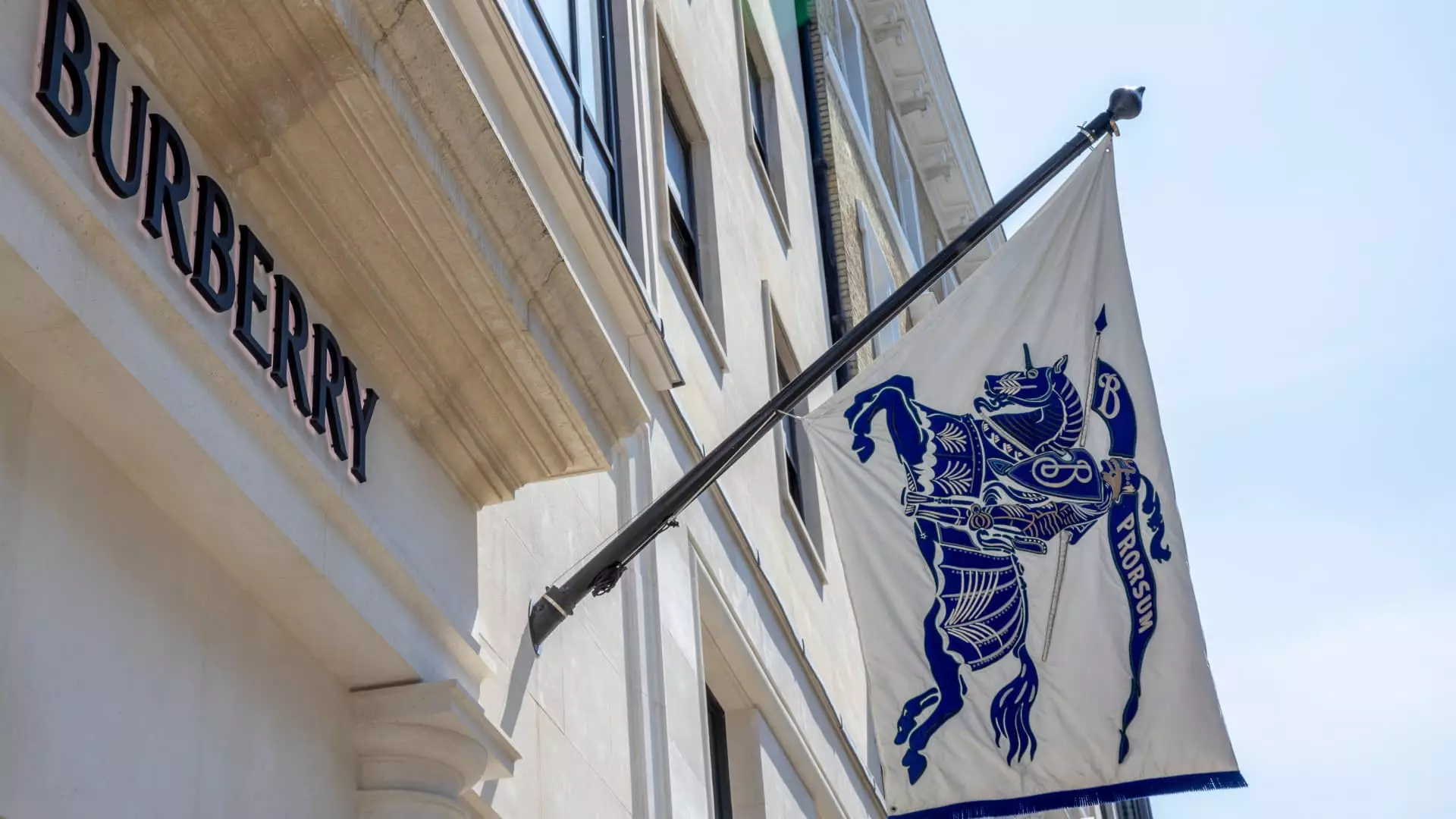Burberry’s recent announcement of sweeping organizational changes reveals the luxury brand’s relentless pursuit of recovery amid stark challenges. When a renowned name in high fashion struggles, the ripples are felt not just within its boardrooms but across the entire luxury market. The prospect of impacting approximately 1,700 roles globally and reducing personnel costs underscores the depth of the crisis at hand. The program is intended to reshape the brand by 2027, but one must wonder: at what cost? The very essence of luxury, defined by exceptional service and exclusivity, risks erosion when employees become mere numbers in cost-benefit analyses.
Sales Figures Tell a Troubling Tale
The numbers reflect a weakness that no amount of branding can gloss over. Burberry’s sales dropped by 6% in the final quarter of the fiscal year, slightly beating expectations, yet still signaling significant struggles. The slight discrepancy from projections raises a deeper concern: are analysts grasping the full extent of the brand’s decline, or are they simply hopeful for a rebound that seems increasingly elusive? Total revenue of £2.461 million, though above estimations, is overshadowed by a grim reality of declining sales worldwide, particularly in the Asia-Pacific region. What is particularly alarming is the reversal of fortunes in the Americas, where sales swung from positive to a disheartening 4% loss in a matter of months. This isn’t just a blip on the radar; it’s a call to action for a brand built on the foundation of innovation and resilience.
Facing Geopolitical Turbulence
In an era of shifting global politics, Burberry’s challenges are compounded by rising geopolitical tensions and their repercussions on tariffs and trade. The company hints at unmitigated risks that loom over financial forecasts, suggesting that external pressures are as critical as internal restructuring. This atmosphere of uncertainty calls into question the effectiveness of traditional luxury marketing strategies. Can a brand, once synonymous with sophistication, adapt to a climate marked by skepticism and economic unease? Is it even feasible to maintain the allure of luxury while grappling with such extensive changes?
A Hopeful Yet Cautious Outlook
Despite these challenges, CEO Joshua Schulman’s optimism rings somewhat hollow amidst this backdrop of decline. He speaks to a bright future for Burberry, but one must ask if such optimism is grounded in reality or mere corporate rhetoric designed to reassure stakeholders and the public alike. It’s crucial for Burberry to not just survive but to thrive, and this requires genuine innovation rather than superficial adjustments. As we watch Burberry navigate this tumultuous period, the industry remains on high alert for signs of sustainable growth. The luxury market is in a state of transition, and Burberry must lead—not just by slashing costs, but by redefining what luxury means in today’s world.

